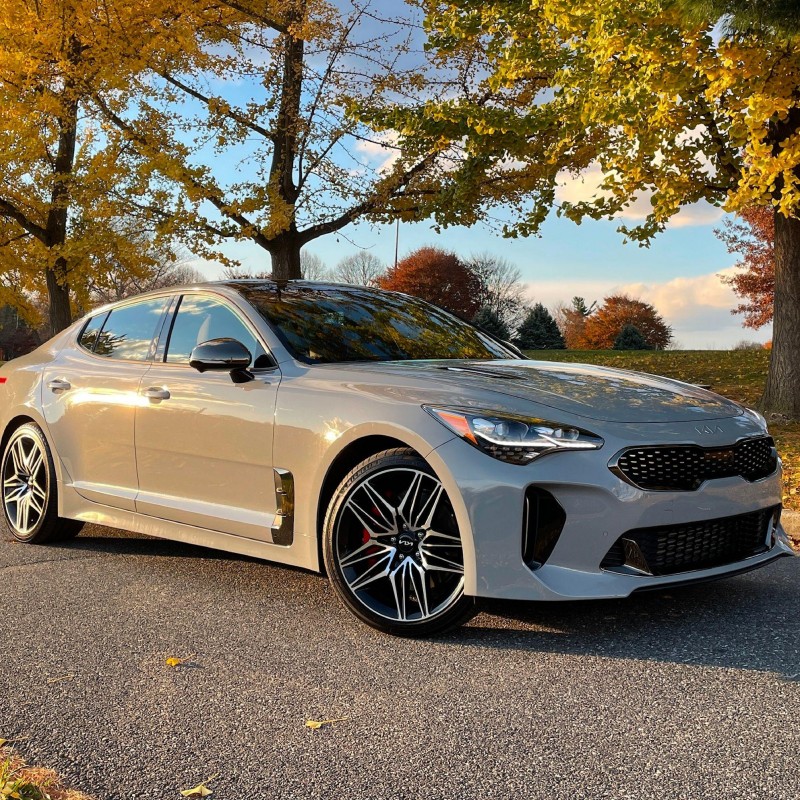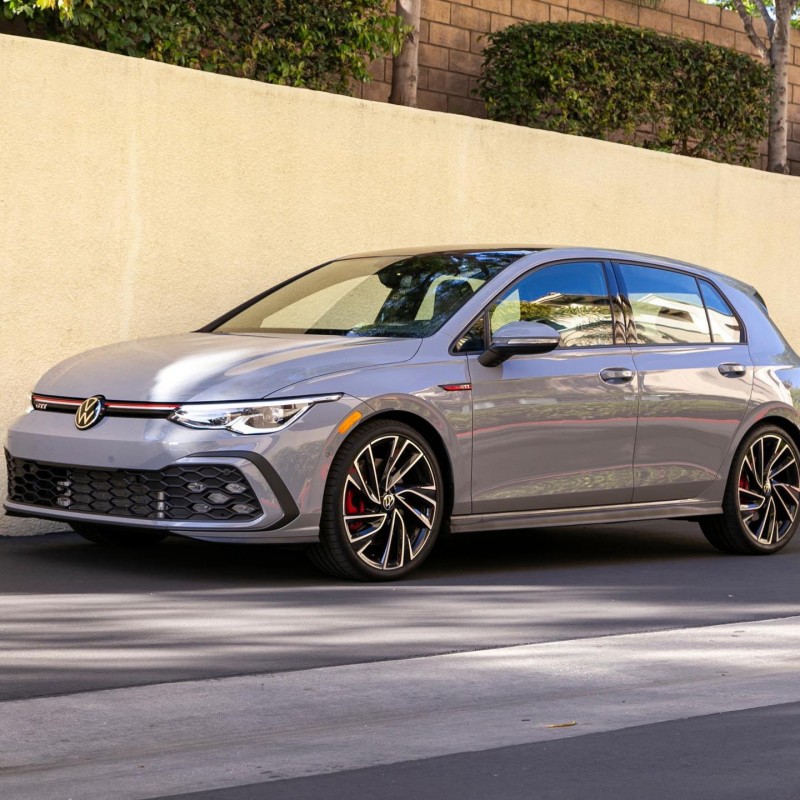Painting plastic car parts is a rewarding DIY project that can elevate the look of your vehicle while saving you money compared to professional painting services. Whether you want to restore faded trim, match the color of a new part, or personalize your car’s exterior, knowing how to paint plastic car parts effectively is essential. The process may seem daunting at first, especially with concerns about paint adhesion and durability, but with the right techniques and tools, you too can achieve a factory-like finish. This guide will walk you through every step involved in painting plastic car parts properly, including essential preparation techniques, materials required, painting methods, and post-painting care to ensure long-lasting results.
Understanding the Challenges of Painting Plastic Car Parts
Before diving into the painting process, it’s important to understand the unique challenges associated with painting plastic. Unlike metal surfaces, plastic requires specific preparation and types of paint to achieve a satisfactory result. Recognizing these challenges will help you better prepare for your painting project.
The Nature of Plastic
Plastic is a lightweight and durable material that offers numerous benefits for automotive design. However, it also has certain characteristics that can complicate painting. For instance, the non-porous surface of plastic means that typical paint may lead to poor adhesion unless properly treated. Additionally, plastics can expand and contract with temperature changes, which can affect the paint film.
Differences Between Plastic and Metal
When painting, the application process for plastic parts differs from that of metal parts. Metal generally allows paint to adhere better because it is porous and can be sanded easily for a good grip. In contrast, plastic surfaces often require specific primers and paint formulations designed expressly for plastic applications.
Advantages of Painting Plastic Parts
Despite the challenges, painting plastic car parts can significantly enhance your vehicle’s appearance while protecting the underlying material. Some advantages include:
- Cost-effectiveness compared to professional shop services.
- The ability to customize your vehicle’s look.
- Restoration capabilities for faded or damaged parts.
By understanding the challenges and benefits, you equip yourself for a successful project.
Necessary Tools and Materials for Painting Plastic Parts
Successful painting requires having the right tools and materials on hand. Below is a list of essential items you’ll need for the job:
Basic Tools
- Sandpaper: Various grits (typically 220 to 600) for surface preparation and smoothing.
- Spray Gun or Spray Cans: Depending on the scale of your project, choose between a spray gun for larger parts or spray cans for small jobs.
- Masking Tape and Paper: To protect areas of your vehicle not being painted.
- Clean Cloths: Lint-free cloths for cleaning surfaces during preparation.
- Protective Gear: Gloves, goggles, and a mask to protect yourself from fumes and dust.
Essential Materials
- Plastic Cleaner: To remove debris and contaminants before painting.
- Plastic Primer: A product specifically designed to bond with the plastic surface and promote paint adhesion.
- Paint: Select a paint specifically formulated for plastic surfaces, ensuring compatibility with the primer.
- Clear Coat: A clear sealant to protect the painted surface from UV rays, scratches, and other environmental factors.
By gathering the right tools and materials, you’ll set the stage for a successful painting process.
Preparing Plastic Parts for Painting
Preparation is the most critical step in how to paint plastic car parts. A well-prepared surface promotes better adhesion and a professional-looking finish. Follow these steps carefully:
Cleaning the Surface
Begin by thoroughly cleaning the plastic part to remove dirt, grease, and other contaminants. Use a plastic cleaner or a mild detergent mixed with water. After washing, rinse with clean water and dry the surface completely with a lint-free cloth.
Sanding the Surface
Next, lightly sand the plastic surface with fine-grit sandpaper (around 220 grit). This step creates micro-scratches that enhance paint adhesion. Be careful not to sand too aggressively to avoid damaging the plastic. After sanding, wipe away the dust with a clean, dry cloth.
Applying Plastic Cleaner
After sanding, use a plastic cleaner to ensure the surface is residue-free. Spray or wipe the cleaner onto the part and follow the product instructions for optimal results.
Masking Off Areas
Use masking tape and paper to cover areas of your car or the plastic part that you don’t want to paint. Ensure the tape adheres well to prevent paint from bleeding onto unwanted surfaces.
Priming the Surface
Applying a plastic primer is essential for ensuring paint adhesion. Shake the primer can thoroughly, then hold it about 6-12 inches away from the surface. Apply a light, even coat and allow it to dry according to the manufacturer’s recommendations.

Painting Techniques for Plastic Parts
Once the preparation is complete, it’s time to get to the actual painting process. Following these techniques will help achieve a smooth and durable finish:
Choosing the Right Paint
Select a paint that is specifically designed for plastic surfaces. It’s crucial to ensure compatibility with the primer used earlier. You can find spray paints or paint designed for use with a spray gun, depending on your preference.
Applying the First Coat
For the first coat, ensure the paint is evenly distributed. Hold the spray can or spray gun at an appropriate distance (usually 6-12 inches) and use a sweeping motion to avoid heavy areas. It’s best to apply several thin coats instead of one thick coat. Allow each coat to dry before applying the next one.
Checking for Coverage
After the initial application, inspect the coverage to ensure there are no missed spots or uneven areas. If necessary, lightly sand any raised sections after the paint has dried.
Applying Additional Coats
Once the first coat has dried completely, apply additional coats of paint as needed for full coverage. Allow adequate drying time between each application, as directed by the paint manufacturer’s guidelines.
Clear Coat Application
After achieving the desired color and finish with the paint, allow it to cure completely before applying a clear coat. The clear coat adds protection against UV rays and potential scratches. Spray the clear coat in a similar manner as the paint, with even, light coats for best results.
Post-Painting Care and Maintenance
After painting plastic car parts, it’s essential to follow up with proper care and maintenance to ensure longevity and appearance. Here are key aspects to focus on:
Curing Time
Allow the paint and clear coat to cure fully. This step can vary depending on the product used, but it typically takes 24 to 72 hours. Avoid exposing the parts to extreme conditions during this period, as the layers need time to bond properly.
Routine Cleaning
Implement routine cleaning to maintain the appearance of painted plastic parts. Use mild soap and water for cleaning, avoiding abrasive cleaners that may damage the paint.
Protecting from the Elements
If possible, park your vehicle in a sheltered area or use a car cover, especially for painted parts. Protecting against UV rays and harsh weather can help maintain the integrity of the paint.
Touch-ups
Over time, minor scratches or chips may occur. Keeping a small supply of the original paint or touch-up products will allow you to address these issues promptly.
Common Mistakes to Avoid When Painting Plastic Parts
While painting plastic car parts can be simple and rewarding, many mistakes can lead to undesirable results. Avoiding these common pitfalls will aid in achieving a professional-level finish:
Skipping Surface Preparation
Neglecting the cleaning and sanding process can lead to poor paint adhesion and an uneven finish. Take the time to prepare the surface thoroughly.
Applying Thick Coats
Applying thick coats of paint instead of thin, even layers often results in runs, drips, and uneven texture. Multiple thin coats are always preferable.
Ignoring Drying Times
Failing to allow adequate drying time between coats can result in a tacky finish and can negatively impact the curing process. Adhere to the manufacturer’s directions for drying times.
Choosing Incompatible Products
Using a primer, paint, or clear coat that is not compatible can lead to peeling or bubbling of the finish. Always ensure that the products you use are designed for plastic applications.
Lack of Protective Measures Post-Painting
After painting, neglecting to take necessary precautions against scratches and exposure to elements can lead to premature wear. Always implement protection for your painted parts.

Conclusion
Knowing how to paint plastic car parts effectively can significantly enhance the aesthetics and prolong the life of your vehicle’s interior and exterior. With a solid understanding of preparation techniques, the right products, and painting practices, you can achieve a showroom-quality finish in your garage.
Regular care and maintenance following the painting process ensure that your hard work pays off and keeps your vehicle looking its best. By avoiding common mistakes and following the outlined steps, you position yourself for success in this rewarding DIY endeavor. Embrace the opportunity to breathe new life into your car with a fresh coat of paint on its plastic parts, and enjoy the satisfaction of a job well done.

